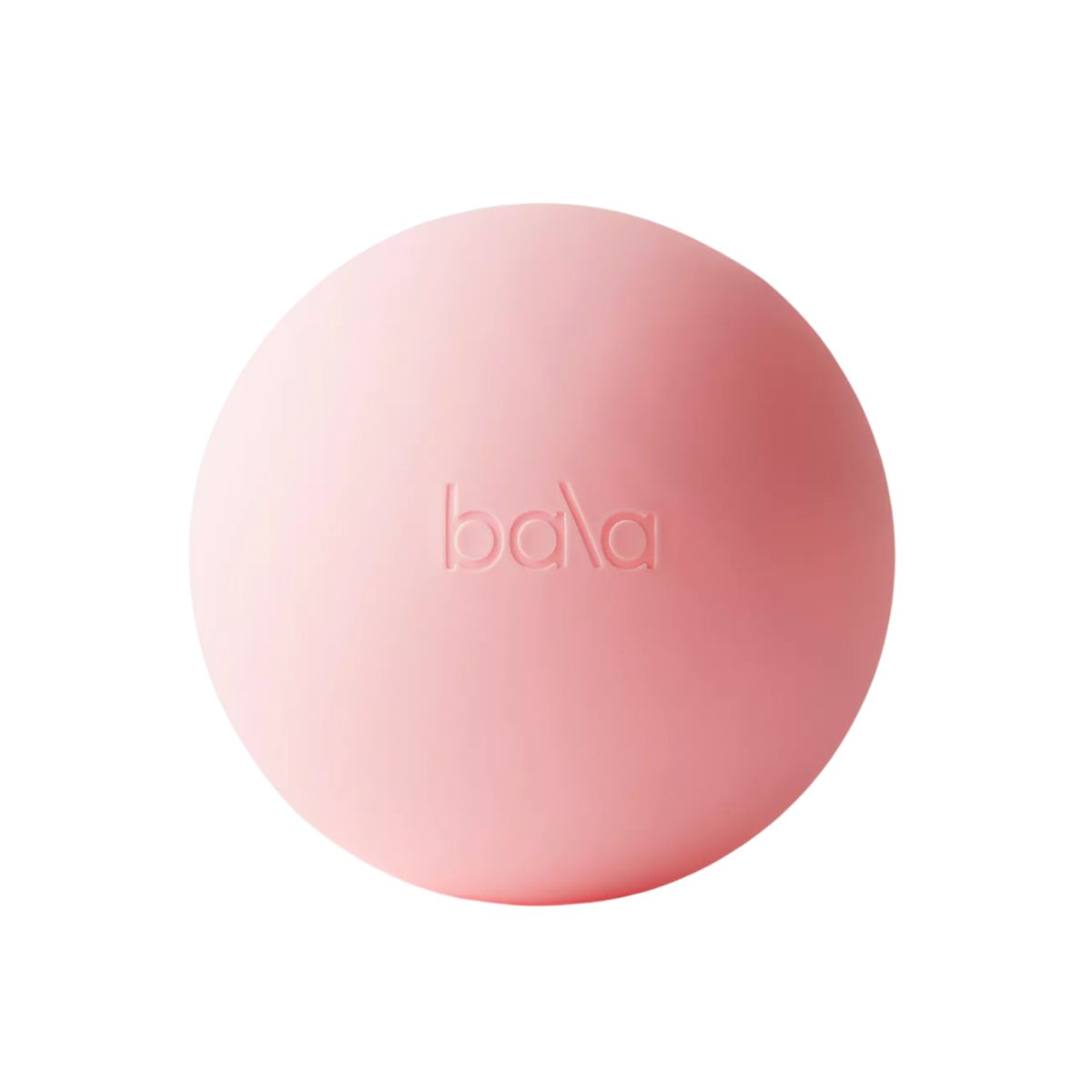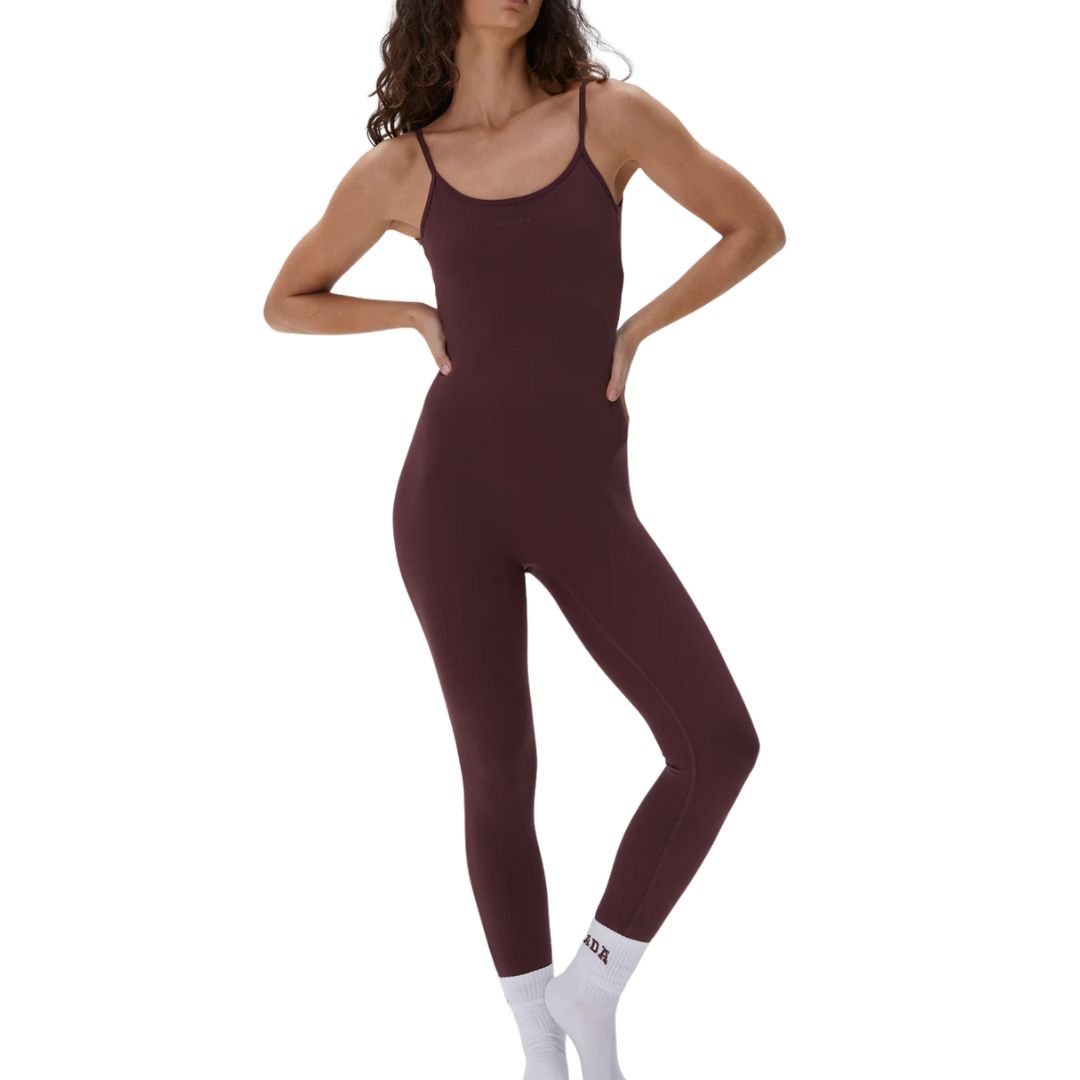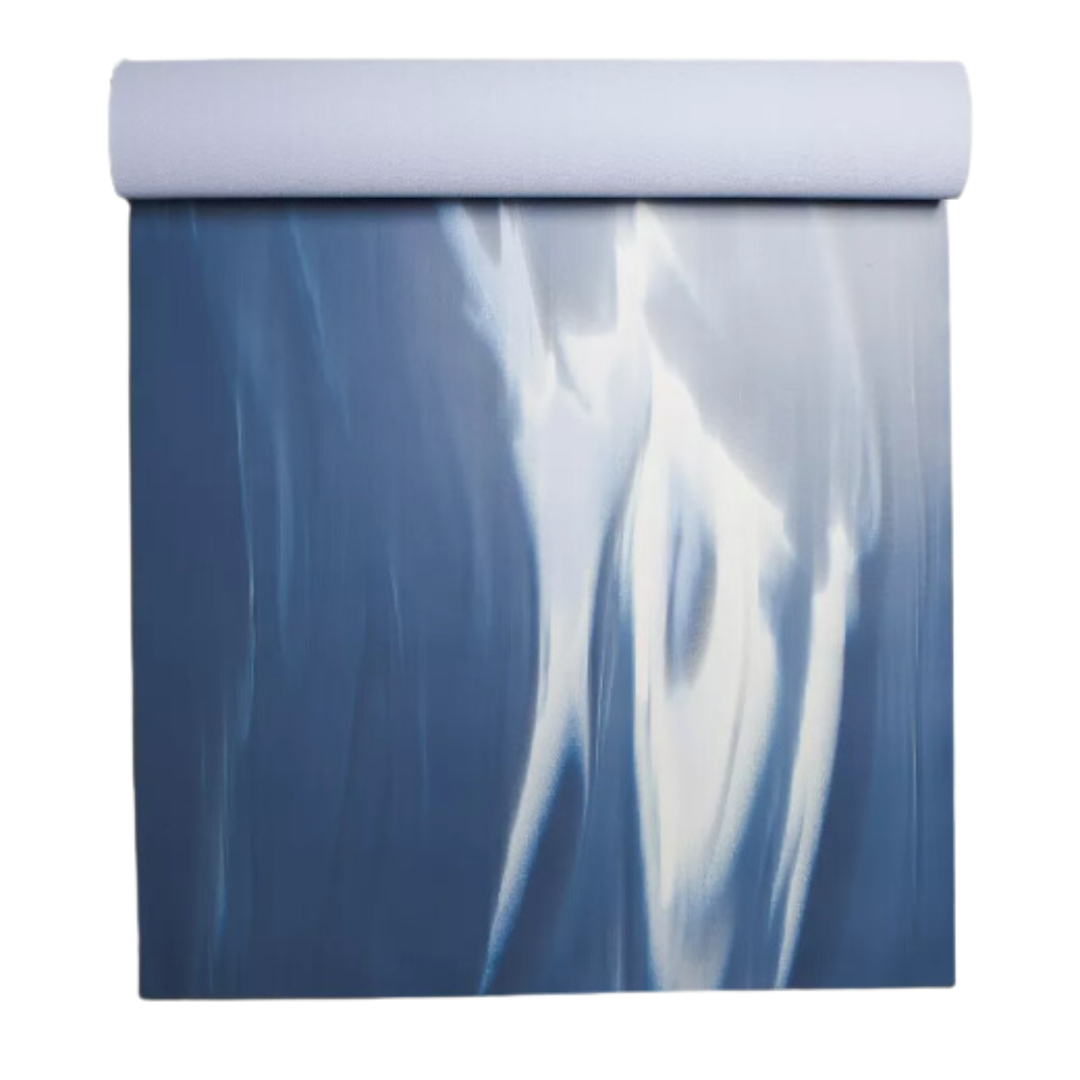I Tried the Pilates Boomerang, One of the Most Notoriously Difficult Core Moves, Every Day for 7 Days – and Was Humbled
*Moves all fragile objects*

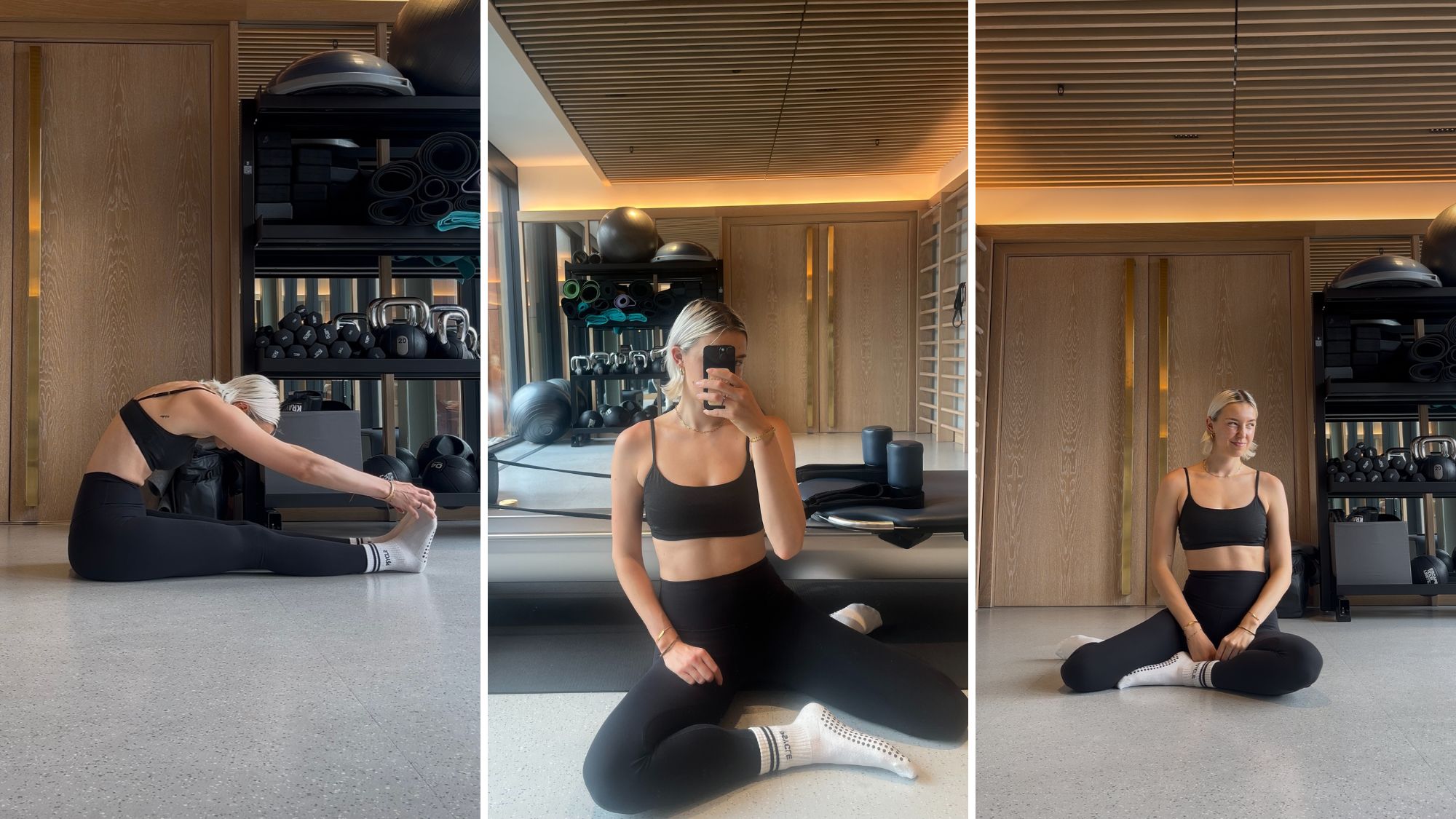
If you’re a regular Pilates-goer, you’ll know there are some moves that you love to hate. The ones that spark a groan when your instructor says they’re up next, but which leave you feeling powerful and accomplished once it’s over.
The Pilates Teaser likely springs to mind. The Roll Down, too. But what if I told you that there’s a move that fuses these powerhouse exercises into one deceptively tricky challenge?
Step forward, the Pilates Boomerang.
Despite being a longtime mat Pilates fan, I’d rarely come across the move, which is the 29th in Joseph Pilates’ classical sequence, until it popped up in a class last month. And let’s just say, I was suitably humbled. Despite working hard on my Teaser and Roll Down over the last year, the Boomerang, with its demand for added coordination, had me wobbling far more than I expected.
It’s moves like this which demonstrate just how powerful a workout Pilates is. From postural correction to core strength, joint mobility and flexibility, what looks like a relatively simple workout has been shown by research to have far-reaching benefits for almost everyone. One study found it to boost the core strength of elite athletes, while this paper concluded that it supports the flexibility of growing teenagers, and further research shows it as an invaluable tool for supporting bone health in postmenopausal women.
Curious to know what it takes to master the Pilates Boomerang? Then keep reading, as I dive (or rather, roll) into a week of daily practice. And whilst you’re here, we’ve got guides to the best Pilates exercises, the different types of Pilates, and the most advanced Pilates moves. Looking for a challenge? Our honest review of the viral Move With Nicole Pilates workouts is a must-read (spoiler: they burn).
Combining Strength, Coordination and Flexibility, The Pilates Boomerang is a Full Body Challenge - So I Tried it Every Day for a Week
What is a Pilates Boomerang?
Blending a Pilates Roll Over with a Teaser and a Forward Stretch, the Boomerang can feel more like a choreographed routine than a single Pilates exercise.
Celebrity news, beauty, fashion advice, and fascinating features, delivered straight to your inbox!
“It’s one of the most advanced moves in Joseph Pilates’ mat repertoire,” affirms Pilates instructor Gabriella Antoniades-Parsons, “because it incorporates so many of the principles and fundamentals which underpin the practice.”
Maika Klaukien, Pilates instructor at HOME Wellness, agrees. “Control, strength, flexibility and coordination are all key to mastering the Boomerang. You’re moving through several complex movements - a Roll Over, a Teaser, and a Fold - all without breaking form or losing control, which means you require a super strong core, but also great flexibility in the spine, legs and shoulders, plus a good sense of overall coordination.”
“And because each phase of the Boomerang requires something different, whether that be strength, flexibility or balance,” she adds, “it really highlights where your practice might need more support or attention.”
Daunting though it seems, both teachers remind us not to be scared of the move. “Though challenging, the flow of the move makes it really fun,” says Antonaides-Parsons, whilst Klaukien adds that, when mastered, “the Boomerang feels like a fluid, seamless transition that looks elegant and feels incredibly satisfying,” adds Klaukien.
What are the benefits of the Pilates Boomerang?
“The Boomerang is a full-body powerhouse movement,” says Klaukien. “It strengthens your core, improves spinal and shoulder mobility, challenges your balance, and stretches the hamstrings, all in one continuous flow.”
“Mastering The Boomerang will help improve your coordination, balance and stability throughout your whole body,” explains Antonaides-Parsons. “I love it because it combines strength and control, whilst providing a great stretch for the chest and shoulders.”
“If the body is ready and able to perform the boomerang, the exercise also provides a great challenge for the mind,” adds Klaukien. “In order to control the flow of the movement, you have to remain incredibly focused to master the sequence, paying close attention to detail and staying present in the moment.”
How to perform a Pilates Boomerang with good form
“To perform the full version of the Pilates Boomerang, start seated in a tall position with arms by your side and your palms facing down, with your legs extended and crossed at your ankles,” says Antoniades-Parsons, who shares her step-by-step guide to performing the Pilates Boomerang.
- Draw your back into a C curve and lift your legs without leaning back
- While holding that shape, roll back onto your shoulders, with your arms resting down on the floor
- Once at the top of the move, switch your legs
- Roll back up, swinging arms up and back behind you, forming a Teaser shape
- Drop your nose to your knees, in a forward stretch. If you like, you can pulse twice here
According to Antonaides-Parsons, it’s common for people to lean back before lifting their legs at the top of the move, which causes them to lose the all-important c-curve shape.
To counteract this, “make sure to engage your core before you move,” says Klaukien. “Think of drawing your navel in and up before you roll - that deep connection is what gives you control throughout the movement.”
“It’s also important to practice rolling through the spine with control,” adds Klaukien, who reminds us to also keep our legs engaged throughout the movement, to maintain stability and control.
I Practiced a Pilates Boomerang Every Day for a Week - And Have Been Truly Humbled
Days one-three
Day one of my Boomerang challenge was mostly spent trying to remember the sequence. Between switching my legs above my head during the roll back and figuring out which direction to rotate my arms into the fold, it feels disjointed, and is definitely a test of brain power.
I quickly notice just how easy it is to rely on momentum instead of core strength and control. The backwards roll feels lovely on my spine, especially after a morning at my laptop, but I struggle to hold the Teaser at the top of the roll up, my toes touching the floor of their own accord.
A word of warning: if you’re practising on a hard floor, make sure you have a properly padded mat, as there is a fair bit of pressure on the spine throughout the movement.
By day two, I’ve got the choreography down, but I’m confronted by how much I’m lacking in mobility and flexibility. I used to practice yoga regularly, but have fallen out of the habit lately: better weather and an impending half marathon have led to more running sessions instead. Ironically, the increase in impact training should have made me more committed to regular stretching and mobility, but I’ll admit, I’ve let it slide.
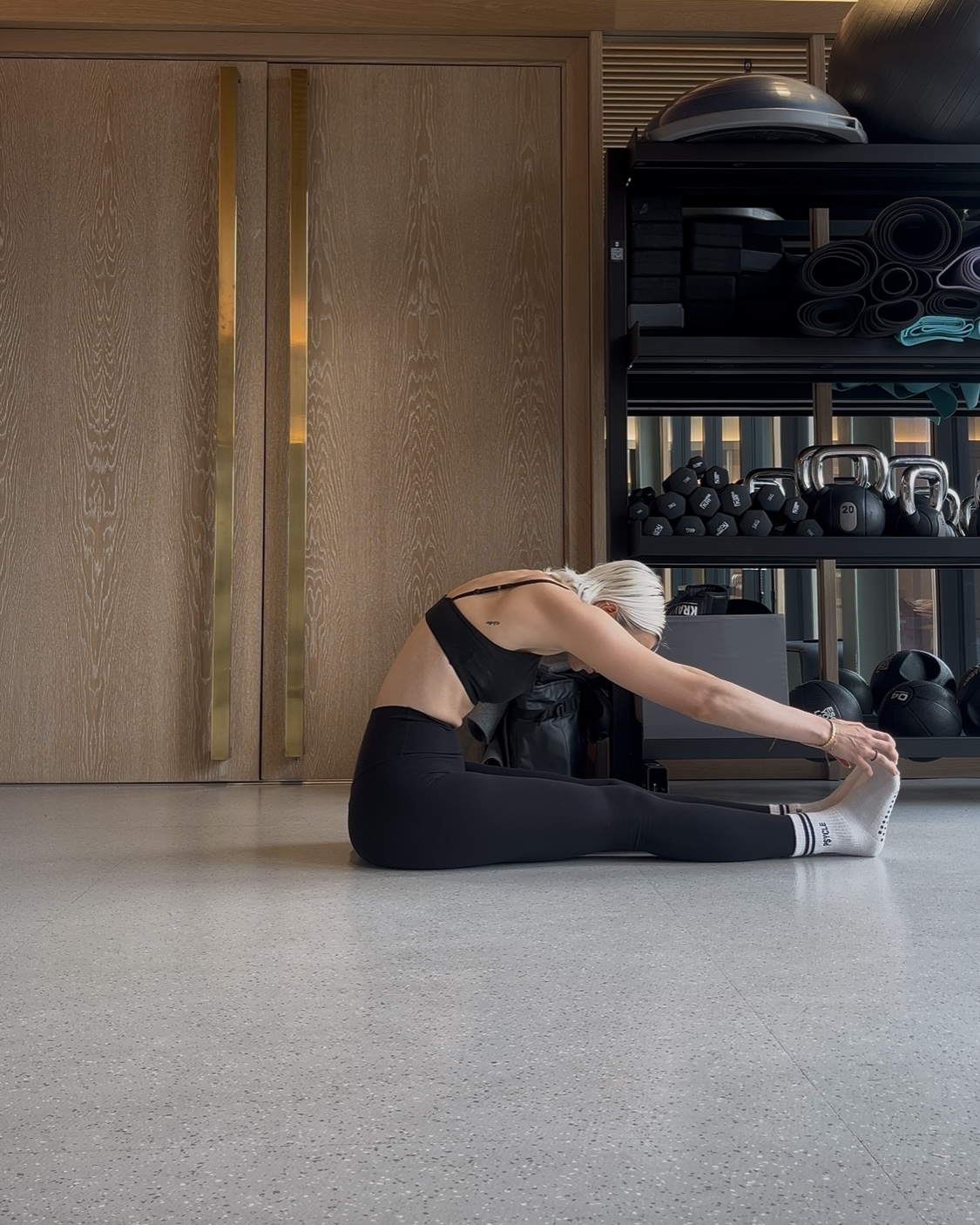
Ashleigh practices the forward fold element of the Pilates Boomerang to improve her hamstring flexibility
And it shows. Hip tightness makes it tough to lift my legs at the beginning of the movement. I feel tension in my thoracic spine and neck in the roll back, my shoulder mobility is tested during the arm circles, and my hamstrings are on fire when I go to lean forward.
The conclusion? I haven’t been looking after my body, and The Boomerang makes that crystal clear. I could keep persisting, but I realise that to truly get it right, I need to spend time on the foundational movements that will set me up for success.
As such, I dedicate the rest of day two and three to a deep, comprehensive stretch session for my shoulders, back, hips and hamstrings. I hold each stretch for a minimum of 30 seconds and repeat them for three sets, as research suggests that’s the sweet spot for improving flexibility.
Days four-seven
By day four, I’m ready to give The Boomerang another go. I start by practicing a few roll backs, pausing at the top of the movement to mobilise my spine and check my alignment. I then work on articulating my spine into and out of a c-curve to activate my core, before moving into the full sequence.
I’m still struggling to lift my legs without leaning back, and keeping them fully extended is tough thanks to tight hamstrings (weeks of built-up tension aren’t going to disappear overnight). That said, I’m definitely starting to feel more flow in the movement, and I’m managing to hold the Teaser with control before leaning into the hamstring stretch.
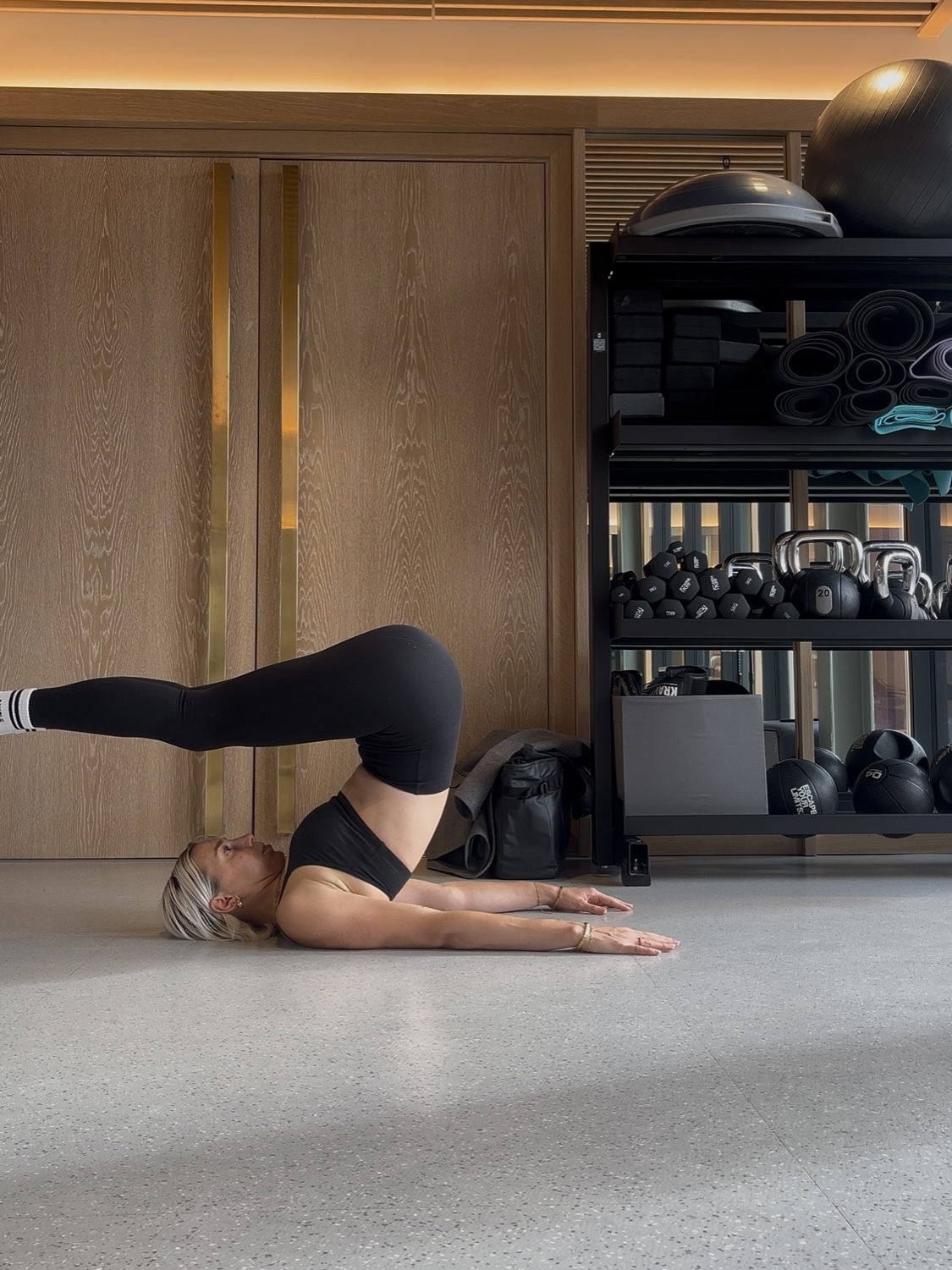
Keeping her hamstrings fully extended and maintaining control through the movement was one of the hardest parts for Ashleigh learning the Boomerang
Over the next few days, I continue to practice The Boomerang, and really notice just how much mental energy it demands. Each rep is complex to remember and challenging to control, which forces me to stay fully present and focused. I stick to around six reps, repeating this for two to three sets, and remind myself that, in Pilates, more isn’t more. Mastering proper control, focus, and coordination is far more important to feel the benefits long-term.
By the end of the week, I haven’t seen quite as much progress as I expected, and honestly, I feel a little frustrated. My core feels strong enough to hold each position in isolation, but my lack of flexibility, particularly in my hips and hamstrings, means I’m yet to experience the feeling of flow and ease the experts talk about.
That said, I’m determined to master it, and I’m grateful that this week’s practice has made me more aware of where I’m at with my body. I feel noticeably less tense and sore day to day thanks to my new Boomerang routine, and I’ll definitely keep up with my new stretching and mobility habits. Give it a month, and I think I’ll see a real difference.
If you, too, are thinking of giving the Pilates Boomerang a go, here’s my advice. Start simple and focus on nailing the component moves which make up the full sequence. Think endless Teasers, Roll Ups, Spine Stretches Forward. Then, when you’re feeling confident, you can think about stringing them together. It’s tempting to dive straight into the full movement, but slow and steady really does win this race, especially if your goal is to build control, coordination and deep core strength.
Shop MC-UK Approved Pilates Kit Now:
I’m a beginner - can I modify the Pilates Boomerang?
“Yes, absolutely,” says Maika Klaukien, Pilates teacher at HOME Wellness. “Whilst a dancer or gymnast might be able to master the full move straight away, for most people, the journey to getting to the Boomerang is just as valuable as the exercise itself.”
”The best way to build up to the movement,” she explains, “is to break down each move step by step.”
Klaukien suggests starting with the Pilates Roll Over without a leg switch, to practice spinal articulation and core control. “You could then try a modified Teaser, with bent knees or your feet lightly supported, which will help you to develop balance and strength,” she says.
Pilates instructor, Gabriella Antoniades-Parsons, agrees, adding that when you’re ready to give the Boomerang a go, “a Pilates ball behind your lower back will help you feel supported and will aid the roll over part of the move.”
She also recommends making sure you’re well-versed in some of the earlier moves in the classical repertoire, which will help to set you up for the Boomerang. “A few examples of moves that would help you work your way up would be Rolling back, Double Leg Stretch, Teaser, and Open Leg Rocker,” she explains.

A former heptathlete, Ashleigh is a freelance journalist, specialising in women’s health, wellbeing and lifestyle, with words in Stylist, Cosmopolitan, Glamour and Marie Claire. She’s also the Co-Founder of Sunnie Runners, an inclusive London based run club.

